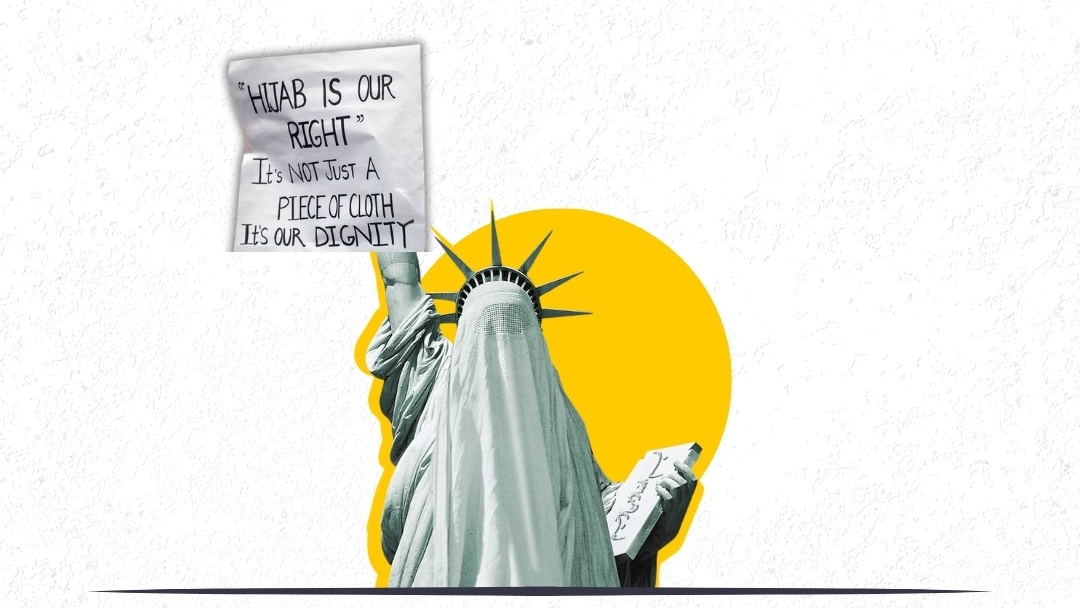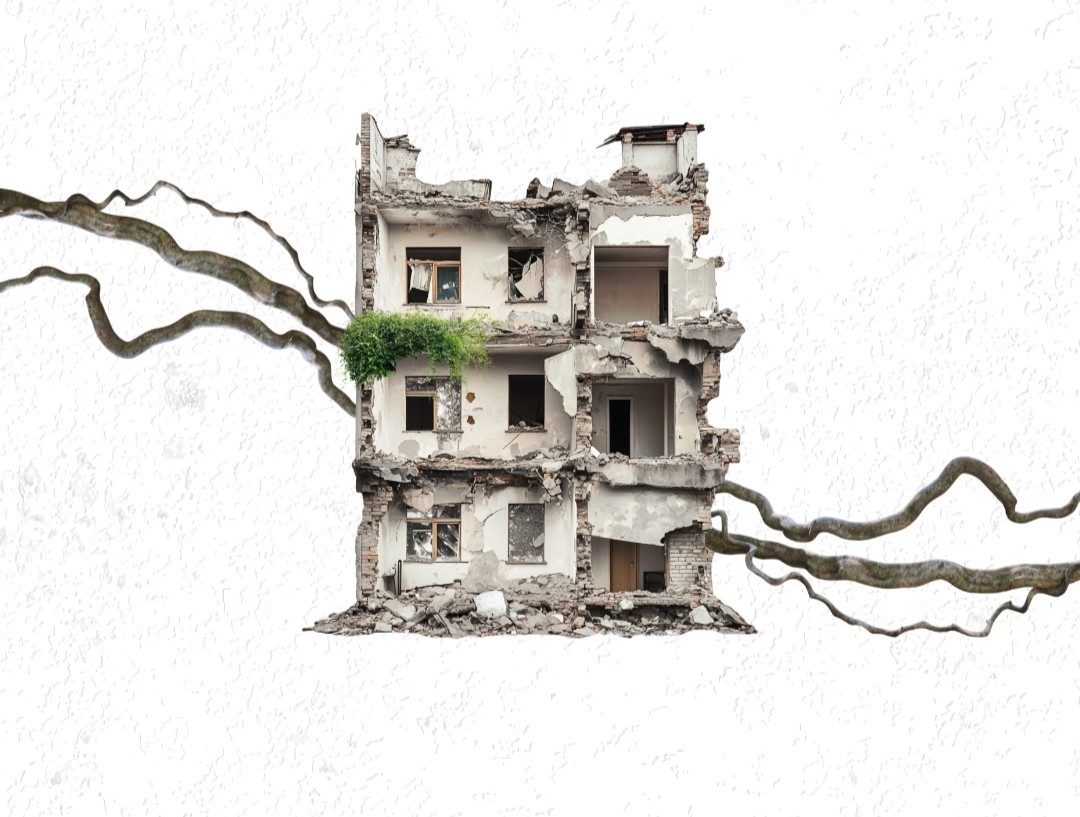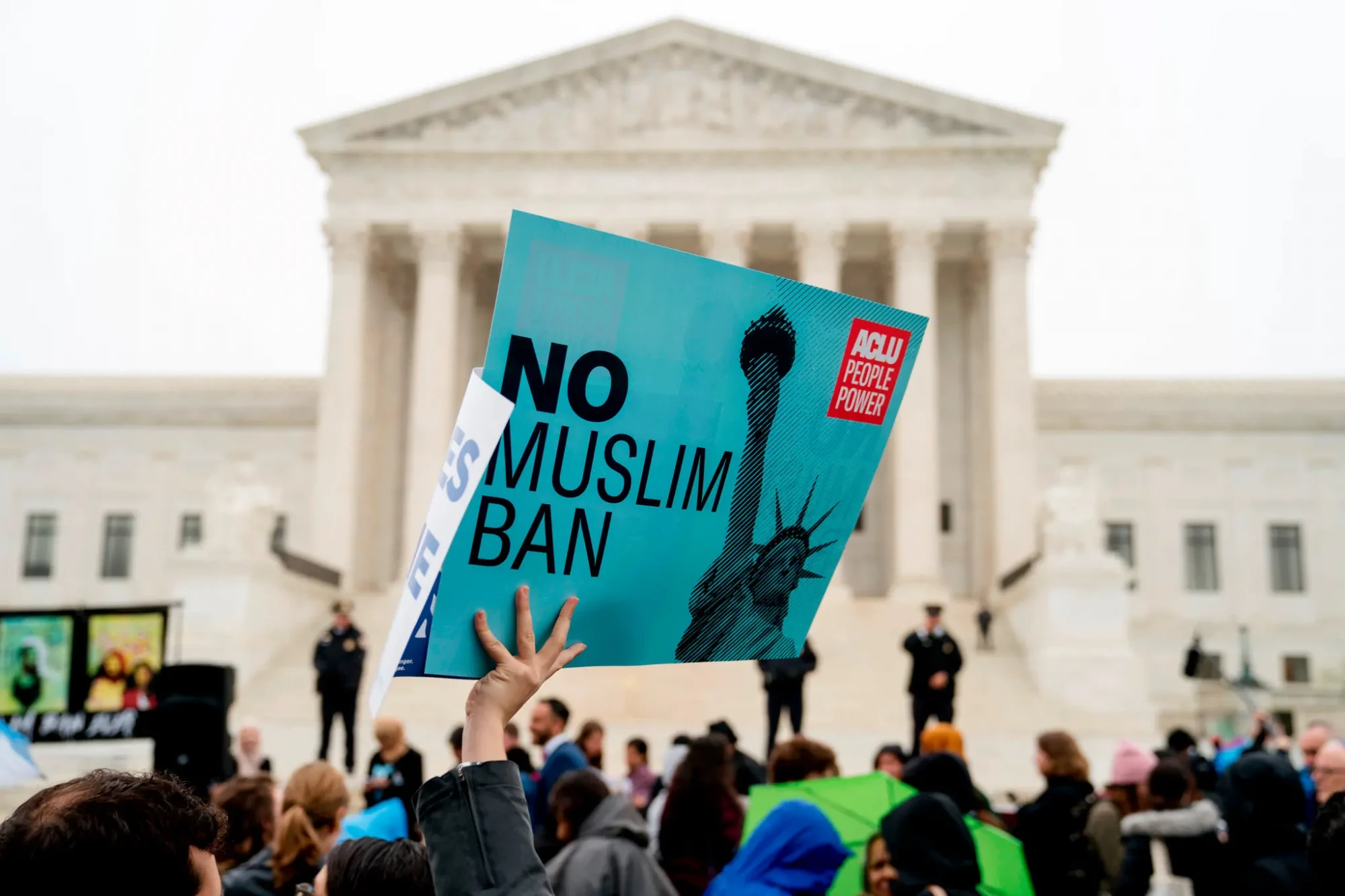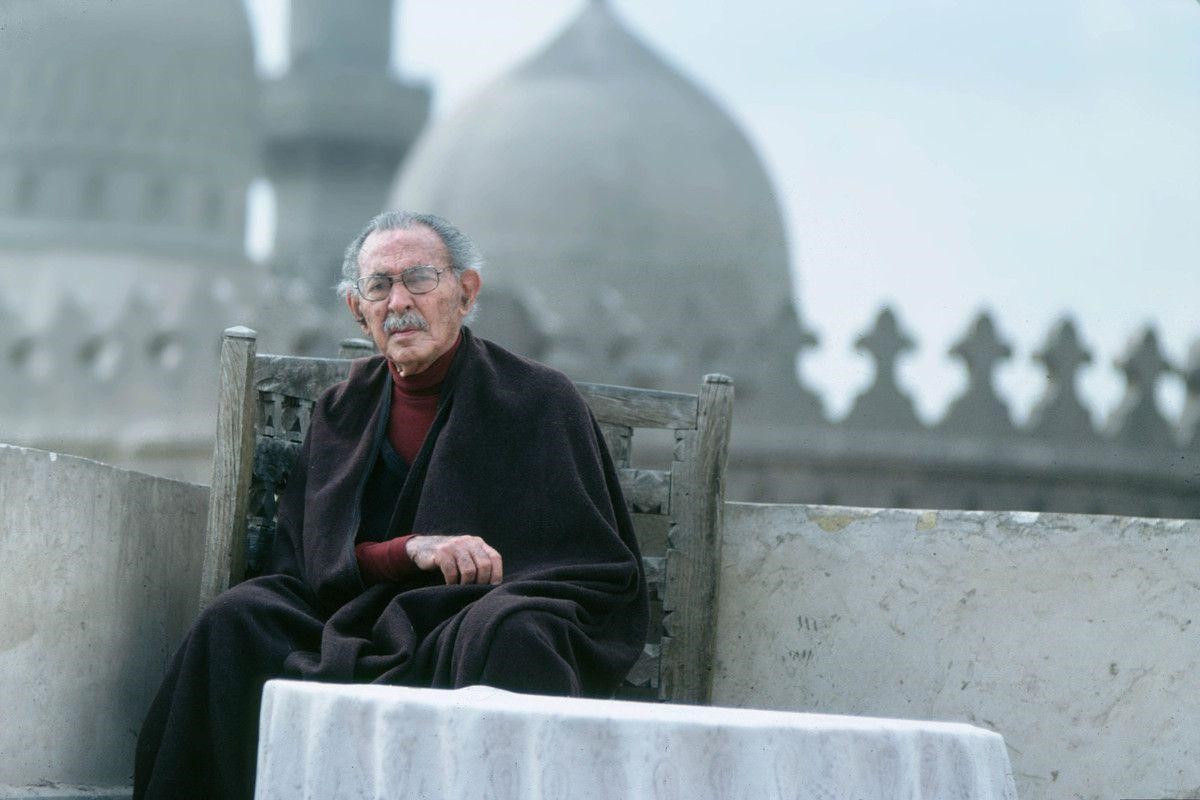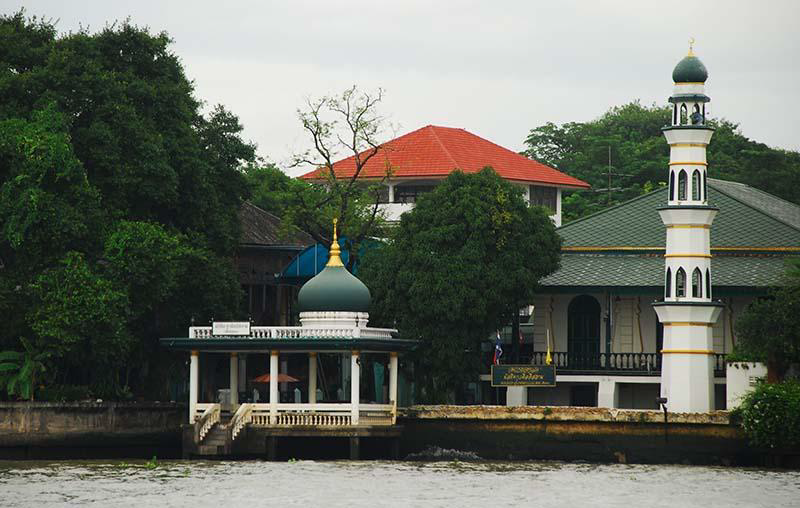
Cultural Identity Crisis: Muslims and Jews Living in Jerusalem
Living in Jerusalem under occupation is not easy when it comes to identity and culture. Since the occupation, Israel has been trying to strip off the city from its long-lived Arab-Islamic-Christian culture, and change the city’s face into a western-shaped Tel Aviv-like city that represents European Jewish culture. After all, Israel has always presented itself as a “Western Country in the heart of the Middle East”. However, it seems clear that Israel failed this mission, at least in the eastern side of the city, where all the historical sites are located. Eastern side of Jerusalem is in fact the main part where the character of Jerusalem manifests. The old city with its ancient walls, the Holy Sepulcher Church, the most important church in the world, and al-Aqsa Mosque with its two main landmarks, namely the Dome of the Rock and the Qibly Mosque, are all located in the eastern side of the city, which fell under occupation in 1967.
When Israel declared the “unification of the two sides of Jerusalem” soon after the occupation in 1967, the government established an approach for statistics that guarantees the superiority of the Jewish component of the inhabitants of Jerusalem. Israel occupied and ethnically cleansed about %82 of the Jerusalem in 1948, currently known as Western Jerusalem. The remaining %18 of the city, namely the eastern side, was inhabited by Palestinian Muslims and Christians. In 1967, Israel occupied this part of Jerusalem and annexed it, making the majority of the inhabitants of Jerusalem theoretically Jewish. However, the missing point here is that the majority of inhabitants of the Eastern Jerusalem, occupied in 1967, are still Muslim and Christian Palestinians. The Jewish community in Eastern Jerusalem is still a minority.
Since 1967, Israel has been trying to plant settlements and settlers in the heart of the Arab neighborhoods in Eastern Jerusalem. Over 30 settlements have been established on that side of the city since 1967, while tens of thousands of Israeli settlers have been brought to live there in order to create a Jewish demographic superiority. Yet this has not succeeded despite all efforts. The reason for this failure is that the Palestinian population in Eastern Jerusalem still lives in a confined area. Palestinians are not allowed to live on the Western side of Jerusalem. Therefore, they are restricted to almost the same area where they were living before the Israeli occupation. This actually makes the Israeli penetration attempts in the Palestinian neighborhoods almost impossible.
Nonetheless, Israel tries to solve this issue by planting small outposts in the heart of Palestinian neighborhoods. These outposts are usually heavily guarded by Israeli police and cost Israel substantial funds in order to protect them.
This raises important questions about the effects these outposts and settlements have in Jerusalem culturally and socially. Indeed, living next to “the other” cannot be more challenging than in Jerusalem, whose holiness is claimed by followers of three monotheistic religions. Jewish settlers in Eastern Jerusalem, especially in the Old City, are still considered a minority despite the Israeli continuous attempts to raise their numbers. Even if the “Jewish Quarter” in the Old City is to be included in statistics, the Jewish presence will still be a minority. One must not forget that even the Jewish Quarter was once inhabited by Muslim families. Nearly 135 homes were destroyed in the “Maghariba Quarter” and several hundred homes were evacuated in “al-Sharaf Quarter” in 1967. These two neighborhoods were annexed along with the historical Jewish Quarter in Jerusalem, making its area raise from 5 dunams (5,000 sqm) to almost 120 dunams now. The Palestinian inhabitants of those homes were all evacuated and sheltered in the Shu’fat refugee camp, now a part of Eastern Jerusalem. This makes it indeed hard for these refugees to engage culturally or in any other way with the Jewish current inhabitants of their homes.
Jews who reside in Palestinian once-owned homes cannot be expected to feel welcomed by the Palestinians and, thus, engage with them culturally by any means.
On the other hand, Israel sees itself not part of the cultural heritage of this city as this heritage contradicts the narration that Israel promotes, trying to justify its presence in the region. Israeli excavations in Jerusalem have always been trying to find any links or connections with the Israeli narration of the history of Jerusalem. Not finding sufficient evidences that supports its claims, Israel started actually stealing the historical findings by baselessly claiming that they belong to the Jewish era of the history of Jerusalem. Muslim Umayyad palaces suddenly became “ablution pools” that date back to the “First” and “Second” Temples! No Carbon examination of artifact was allowed hence the Israeli narration remains unchallenged. The forceful elimination of Palestinian Arab and Palestinian Muslim cultural heritage for a long time by Israel reflects cultural crimes committed by the latter.
Thus, the Palestinians in Jerusalem seem to strongly withhold their culture and heritage. For example, in the face of Israeli Western-shaped neighborhoods, one can find the Palestinians keener to show their heritage and culture in many ways, such as in food, clothes, songs and other aspects of their oriental heritage. This makes Israel try to annex the Palestinian culture as it did with Palestinian neighborhoods. Israelis adopt many aspects of the original culture of this land, even in Hebrew language. For example, you find Israelis promote “Falafel” as “The National Snack of Israel”, and the same is done with Hummus, Shawarma, and other items from the Palestinian Arab cuisine. Even the names of these dishes are said in Arabic and they are clearly different than the Hebrew in language and etymology. Israeli Airlines flight attendants have some Palestinian symbols on their uniforms such as the Palestinian “Tatriz” (the Palestinian embroidery). This embroidery can be clearly seen on Palestinian ladies’ “Thobe” (traditional dress), but can never be seen on Israeli ladies’ clothes.
This shows that the main aspect that characterizes the Palestinian-Israeli cultural encounter in Jerusalem and in Palestine is generally conflict. In my opinion, it is not possible to get to a positive cultural encounter between the two communities as long as there is an occupation. This can be easily proved by a simple look at the history of Jerusalem. For centuries, Muslims, Jews and Christians lived in Jerusalem in a total harmony, especially under the Ottoman Empire. Followers of the three faiths lived together in their quarters, and they were not segregated even with the presence of a Muslim Quarter, Jewish Quarter and Christian Quarter. These quarters were mainly meant to be named according to the presence of holy sites and buildings of worship. Yet many Muslim shops for example were in the heart of the Christian Quarter, and many Jews lived in the heart of the Muslim Quarter, etc.
Abdallah Marouf Omar
Works currently as Assistant Professor at Istanbul 29 Mayis University in Istanbul – Republic of Türkiye. Holds PhD in Islamic Jerusalem Studies from the University of Aberdeen in the United Kingdom. Interested in Cultural and Historical Studies. ...
 Abdallah Marouf Omar
Abdallah Marouf Omar
